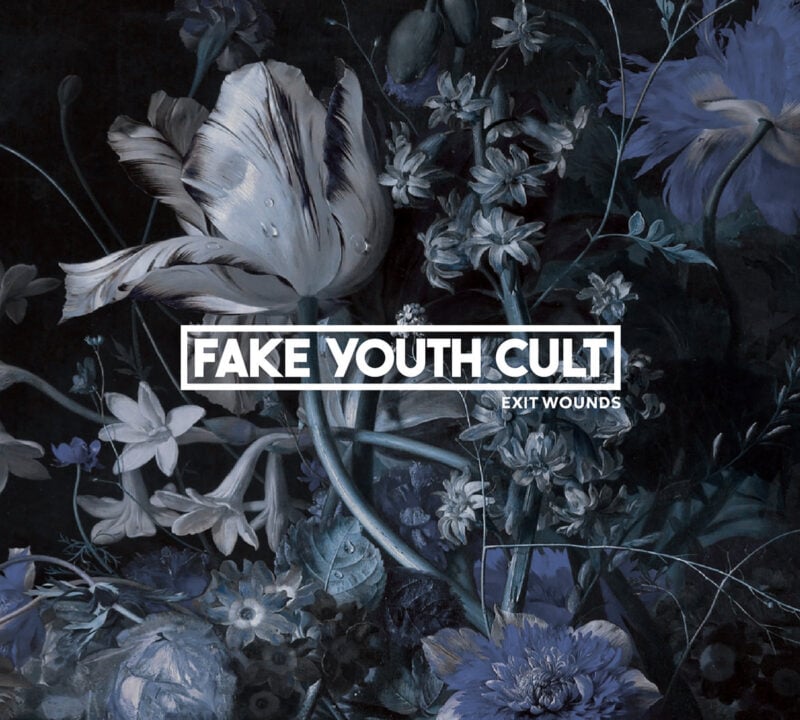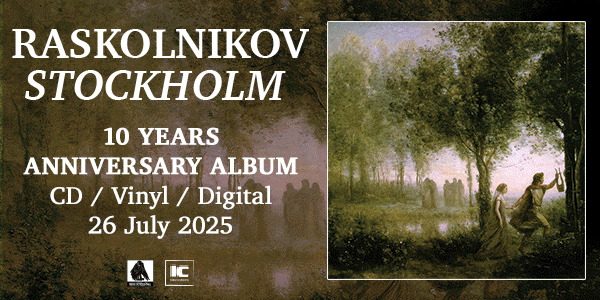Fake Youth Cult is the solo vessel of Richard van Kruysdijk, a Dutch musician, producer, and multimedia artist who thrives on the outskirts of “dark” music. Closer To Death, from his new album, Exit Wounds, does not aim to innovate for the sake of novelty. Instead, it builds on familiar architecture: drum-computer patterns that drive with precision, bass lines that push with steady pulse, guitars and synths that sweep like weather fronts, and vocals drenched in reverb. The palette draws openly from the lineage of Clan of Xymox, The Wolfgang Press, Associates, New Order, and early Cure. These forebears are acknowledged, but never imitated wholesale; his voice insists on its own register.
There is an honesty here, one rooted in retro instinct but bent toward personal revelation. Fake Youth Cult assembles pieces that could easily sit on a cassette rack from 1983, but infuses them with the grit of experience. As van Kruysdijk himself explains: “Familiar musical territory can be a soothing environment. Yet, contradictory as it may sound, my new album is as much cathartic and painful as it is slap bang in the middle of my comfort zone. Musically, I’m exploring my roots and aiming to honour the authentic sound that initially pulled me into a life of making music and art. Lyrically, I’m delving deep into personal experiences of alienation and loss. What remains are ‘exit wounds’ that never really heal completely.”
Closer To Death feels constructed from durable fragments of memory, stitched together with an almost journalistic attention to source and truth.
Watch the video below:
Listen to Closer To Death below and order Exit Wounds here.
Exit Wounds is resolutely personal yet outward-looking. It transforms a catalogue of private pain into something communal, an invitation to inhabit old patterns with new eyes. The songs speak in language that balances pop sensibility with an unpolished edge, never retreating into nostalgia for nostalgia’s sake. Instead, they take familiar frameworks and make them sites of confession. This balance between structure and vulnerability; between recognition and revelation, marks Fake Youth Cult as less a revivalist exercise than a renewal.
The title proves apt: wounds from the past may never close fully, but music allows them to breathe, to be named, and to be shared.
Follow Fake Youth Cult:
















 Or via:
Or via: